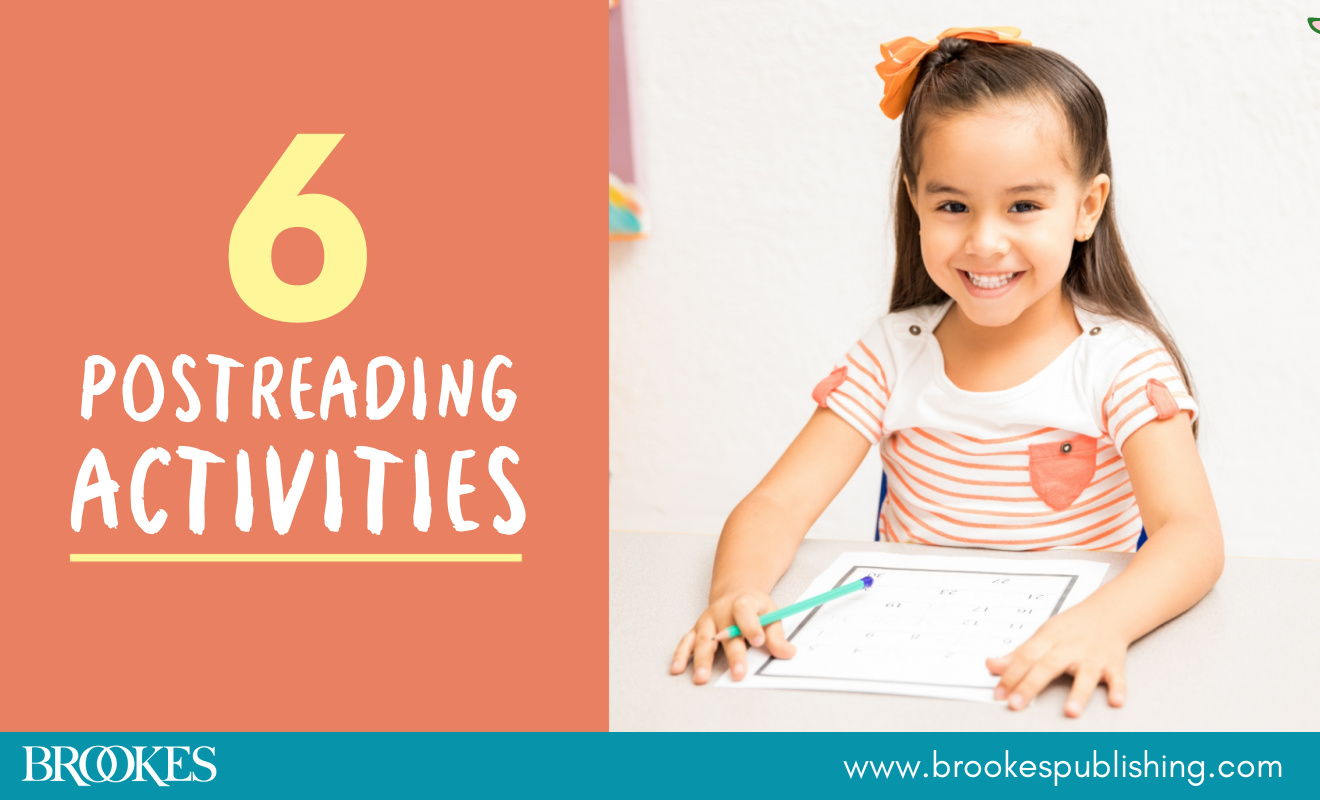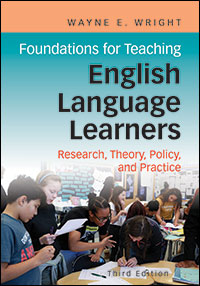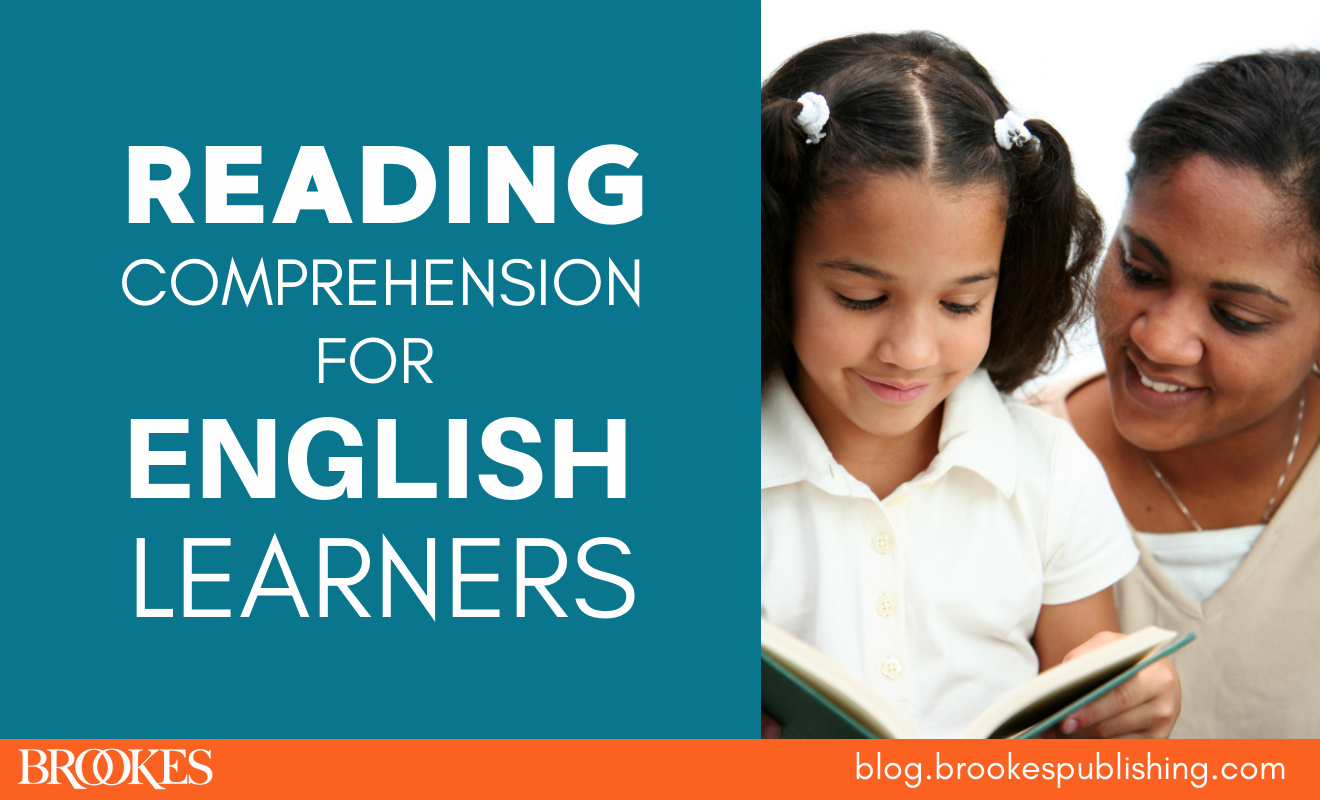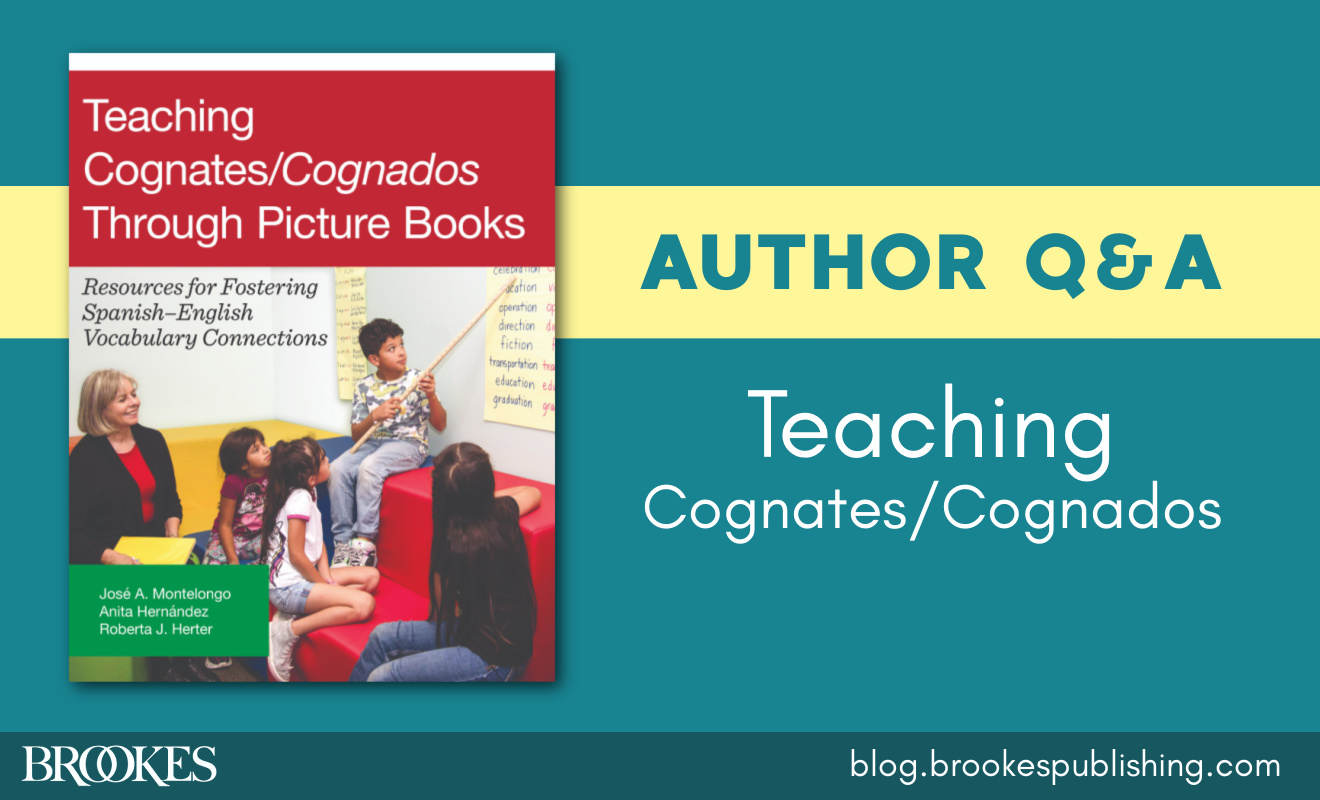6 Effective Postreading Activities for Your Culturally Diverse Classroom
June 29, 2023
 What kinds of postreading activities do you use with your students? Effective postreading activities help deepen students’ comprehension of the text and extend their learning beyond it—a goal that’s especially important in culturally diverse classrooms with multilingual students. Today’s post, adapted from Foundations for Teaching English Language Learners by Wayne E. Wright, outlines a few ideas for postreading activities that help culturally and linguistically diverse students comprehend and engage with the texts they read.
What kinds of postreading activities do you use with your students? Effective postreading activities help deepen students’ comprehension of the text and extend their learning beyond it—a goal that’s especially important in culturally diverse classrooms with multilingual students. Today’s post, adapted from Foundations for Teaching English Language Learners by Wayne E. Wright, outlines a few ideas for postreading activities that help culturally and linguistically diverse students comprehend and engage with the texts they read.
Class Discussions
The simplest postreading activity is a teacher leading a discussion designed to maximize students’ comprehension of the text. The teacher can ask comprehension questions and invite students to describe their favorite parts of a story and share their thoughts on the text. These instructional conversations are critical in helping English language learners (ELLs) across grade levels:
- determine the central ideas and themes
- summarize key supporting details and ideas
- analyze the characters, events, and ideas in the text
- make logical inferences based on evidence from the text
- explore the author’s craft, structure of the text, and point of view
- relate the book or text to something they read earlier
Through these conversations, teachers also help students connect the literature to their daily lives, making what literacy experts call “text-to-self ” connections. These classroom discussions may include contributions from students in their home languages.
Reader Response
Reader response goes beyond reading comprehension. To elicit reader response, teachers encourage students to reflect on and extend their understanding of a text. As students think about what they read, they ask authentic questions, make comments and connections, and form opinions. Through reader response, students develop a sense of what’s important in the text and are able to form judgments about what they are reading.
As students interact with other readers by sharing their responses to a text orally (in literature circles or book clubs) or in writing (dialogue journals, reader response logs, or reader’s notebooks), they develop new perspectives. Reader response can include open-ended questions, summaries, reviews, and personal responses or reactions to characters, setting, plot, and other aspects of a story. Reader responses also provide space for students to engage in translanguaging as they draw on all their linguistic skills across their languages to comprehend and respond to the text.
Graphic Organizers
Graphic organizers help students break down a text into its essential components. Story maps, for example, highlight key developments of the story in sequence. Graphic organizers can also be used with expository text structures:
- Venn diagrams or comparison charts can be used with texts that feature contrast and comparison
- Webs or feature charts can be used with texts that feature description
- Tree diagrams or outlines can be used with texts that feature enumeration
- Flow charts, sequence chains, and cycles can be used with texts that feature chronological or sequential structure or cause and effect
Graphic organizers are beneficial for ELLs because they represent the main ideas visually with just a few words, and they’re a great opportunity to include text in home languages of students. ELLs can demonstrate their comprehension of the text by completing their own graphic organizers in English and their home languages. Graphic organizers also provide an important oral language scaffold for ELLs to talk about and retell stories or summarize expository texts.
Class-Made Books
Students can draw pictures of their favorite parts of a story or of how they might extend the story. For example, after a class reads It Looked Like Spilt Milk by Charles Shaw, a book about seeing familiar pictures in clouds, ELLs can make their own cloud drawings. They can then write a sentence for their picture following the structure used in the book (“Sometimes it looked like a face, but it wasn’t a face.”). Put all the drawings and sentences together to make your own class book.
Making class books based on the content and language structure of a particular text helps students comprehend the text and gives them practice using new vocabulary and language structures featured in the story. Class-made books can be bilingual or multilingual, incorporating the home languages of the students in the class. This not only further facilitates comprehension, but also makes class-made books ideal for students to take home and share with their families.
Alternative Endings
Another activity that’s fun and meaningful is to write alternative endings to stories. For students with lower-level English proficiency, creating alternative endings to stories the class has read is best done with the whole class together. ELLs with more advanced English proficiency can create alternative endings in small groups or individually. Creating alternative endings gives students practice in using new vocabulary and language structures learned in the story, since these will likely be needed in the new endings the students create.
Reader’s Theater
One of the most enjoyable ways to help students comprehend stories they read is to have them act stories out, using strategies for promoting oral development. The easiest method is to use simple props representing the characters (e.g., pictures of characters glued to tongue depressors) or have students hold up or wear signs with the characters’ names on them. Students could also act out the story as a puppet show; put on a live play with costumes, scenery, and props; or read from a script in an activity called “Reader’s Theater.”
This exercise is most effective when students collaborate to write their own script. By taking a piece of text and transforming it into a script, students must use a wide range of cognitive strategies and higher-order thinking skills that facilitate comprehension. ELLs also benefit from Reader’s Theater because it allows them to practice reading with expression and provides extensive practice in using the new vocabulary and language structures learned from the book.
With these highly effective postreading activities, you’ll build all students’ comprehension skills and help culturally and linguistically diverse students become better readers. For a comprehensive text on ELL education, invest in Foundations for Teaching English Language Learners, the book behind today’s blog post.




Write a Comment
Your email address will not be published. Required fields are marked *
Post a Comment